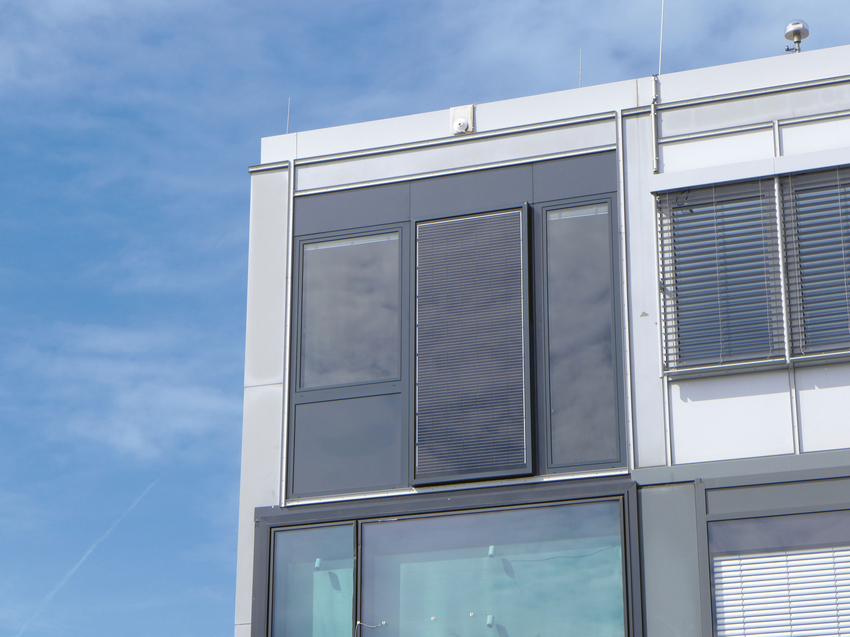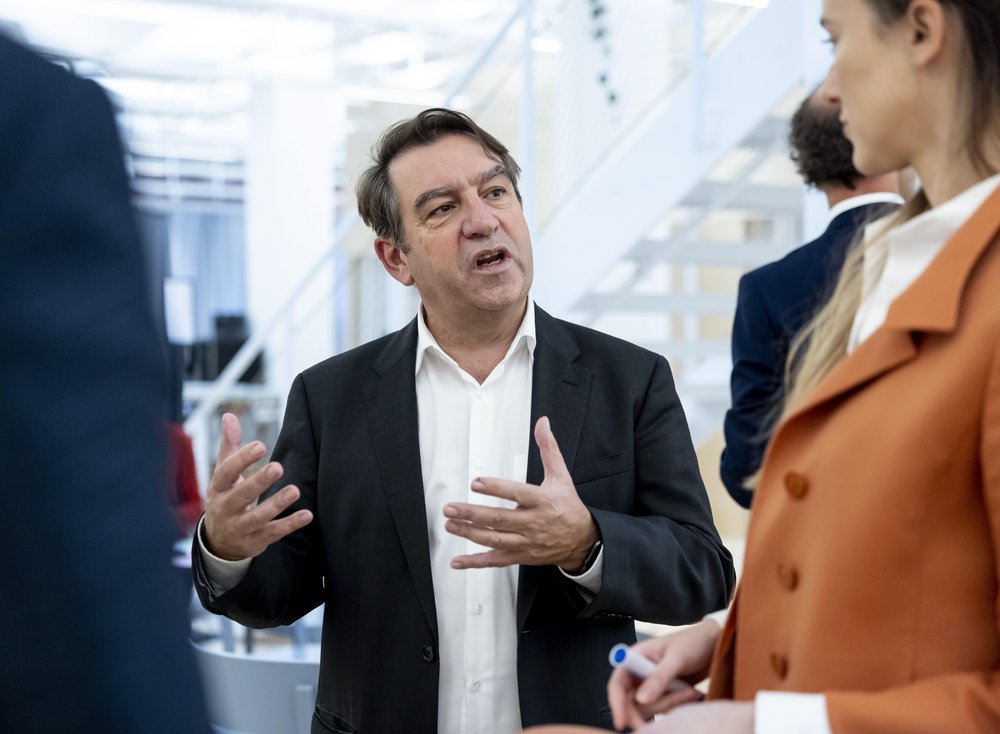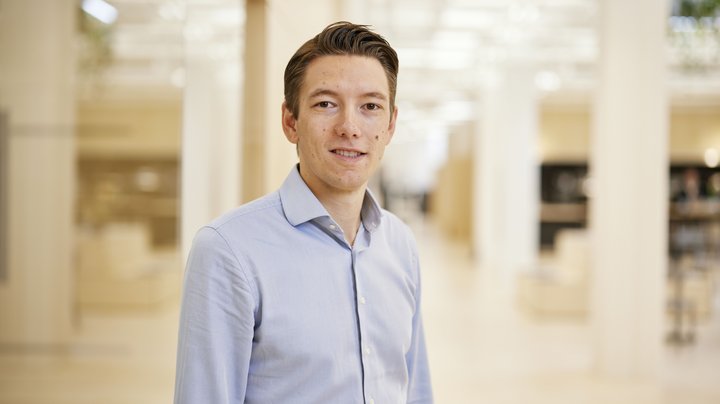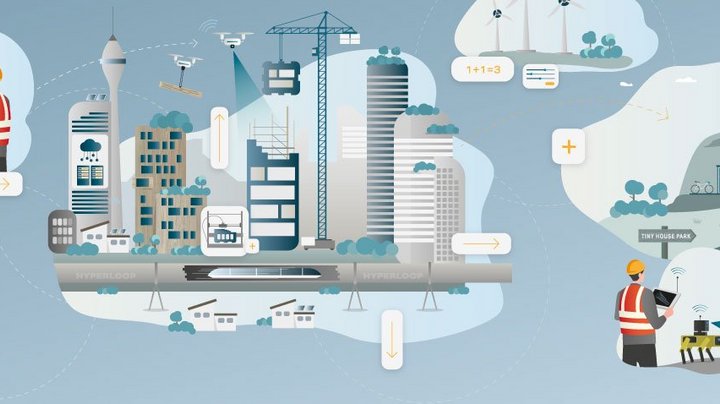Energy from the façade


The idea of an energy self-sufficient façade came to Carlos Pinto, the Chairman of the Management Board of Implenia Fassadentechnik GmbH, years ago. In the Fraunhofer Institute, he soon found a project partner that recognised the innovative potential of the project. Together, they looked for partners with the expertise to handle such a comprehensive project. They were able to obtain funding from the German Federal Ministry of Economic Affairs. “There is, of course, something special about a ministry considering our project to be so innovative that it provides more than one million euros,” emphasises Carlos Pinto.
Strong partners and state funding
The project partners – the Fraunhofer Institute for Wind Energy Systems IWES, the Department of Energy Efficiency and Indoor Climate at the Fraunhofer Institute for Building Physics, LARÉ GmbH (air conditioning and climate technology) and Implenia Fassadentechnik GmbH – have been working on the innovative project since the middle of 2018. As the project participants are spread throughout Germany, strict project organisation is necessary. “Such long-term projects often go through slumps because nothing is heard from one or other of the partners and then everything grinds to a halt. However, everyone is working together with great commitment on our project. That keeps the project moving forward,” emphasises Dieter Paustian. He and his colleague Robin Frantz represent Implenia on the core team of ten.
In August 2020, the façade module was incorporated into a show house near Munich. The measurements, which are to record a full year’s cycle, have run since March 2021. “The interim status of our measurements shows that the final energy demand for the heating, ventilation and air conditioning of a new office building is halved,” explains Carlos Pinto. “Of the remaining half of the energy, approx. 1/3 of the final energy is currently still being supplied externally. Due to the integration of photovoltaic units, reversible micro-heat pumps, high insulation standards and ventilation technology with heat recovery, it has been possible to supply the office premises with almost all the energy that they need.”

«Due to the integration of photovoltaic units, reversible micro-heat pumps, high insulation standards and ventilation technology with heat recovery, it has been possible to supply the office premises with almost all the energy that they need.»
Carlos Pinto, Chairman of the Management Board at Implenia Fassadentechnik GmbH
Due to the positive course of the project, the project team is now turning its focus to certain topics that were excluded at the start of the project for capacity reasons: fire safety, noise emission of the heat pump, maintenance of the technology modules, legal framework in the event of a joint construction and a building authority verification procedure. Everyone involved is agreed that the next step must be to examine these topics.
The innovative energy self-sufficient façade system
Due to integrated systems technology* such as photovoltaics, micro-heat pumps and ventilation technology with heat technology, with high insulation standards at the same time, the system is striving to supply an office building with almost all the energy that it needs (heating, air conditioning, ventilation) via the façade. This will reduce the demand for central building services and an external energy supply to a minimum. The result: the abandonment of central building services (heating, air conditioning, ventilation …); energy is generated where it is needed; short construction periods due to a high degree of prefabrication
- Power generation (photovoltaics)
- Heat generation / heating / mechanical ventilation / air conditioning (ventilation / micro-heat pumps)
- Heat retention (highly efficient insulation/glazing + heat recovery)
- Avoidance of overheating (sun protection + functional glass if applicable)
*Integration of the following functions/systems into the curtain-wall façade module
The Federal Ministry for Economic Affairs is also pondering whether to partially fund a further demonstration model or to realise the façade module on a “real” project under research conditions. All the project partners are currently looking for ways of providing capacities and the necessary capital. A heat pump manufacturer is to be added to the team.
Attractive AND affordable
If the results remain this convincing, Implenia, along with its project partners, wants to make the system ready for the market and, if possible, put it into practice in an in-house project development process. There is already a system on the market for supplying a building with energy via the façade. “However, the thing that sets us apart is quite simple: we make it attractive AND affordable,” explains the project manager Robin Frantz. These are the important prerequisites for actually being able to sell a product that is ready for the market. The system that is currently offered on the market is extremely expensive and not very flexible in terms of its design. By contrast, the module developed by Implenia and its partners is affordable AND attractive. “The latter quality is particular important to architects, of course: it is stylish and energy-efficient,” emphasises Carlos Pinto.





